CHECKLIST OF BIRDS

FORT CARSON
COLORADO

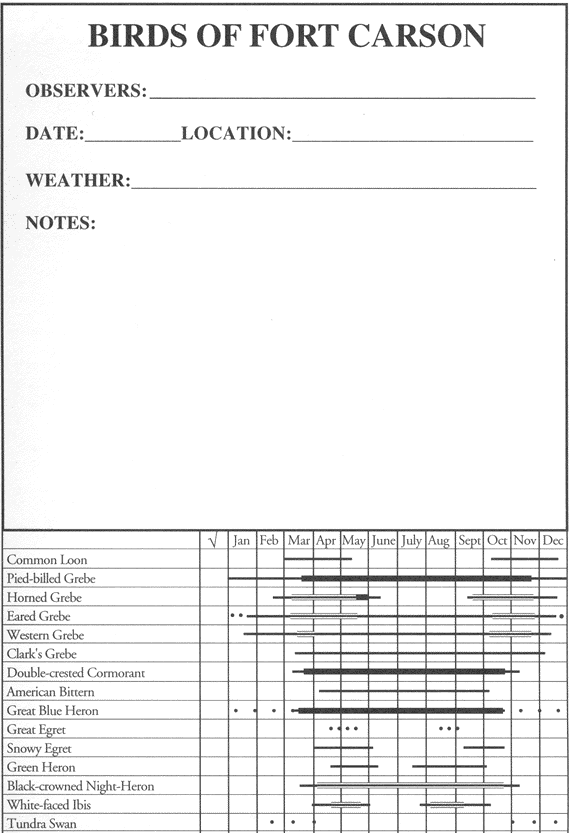
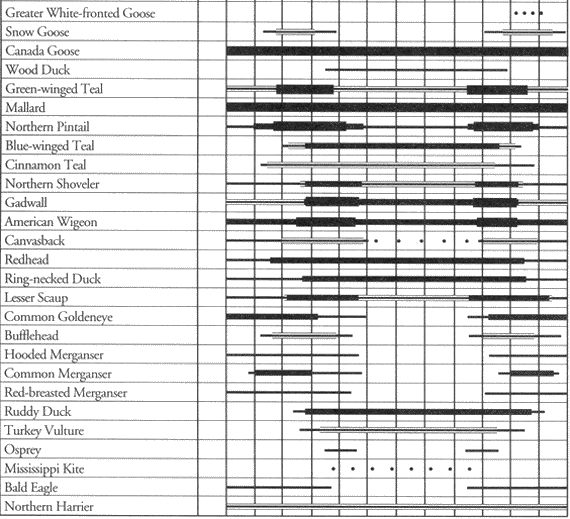
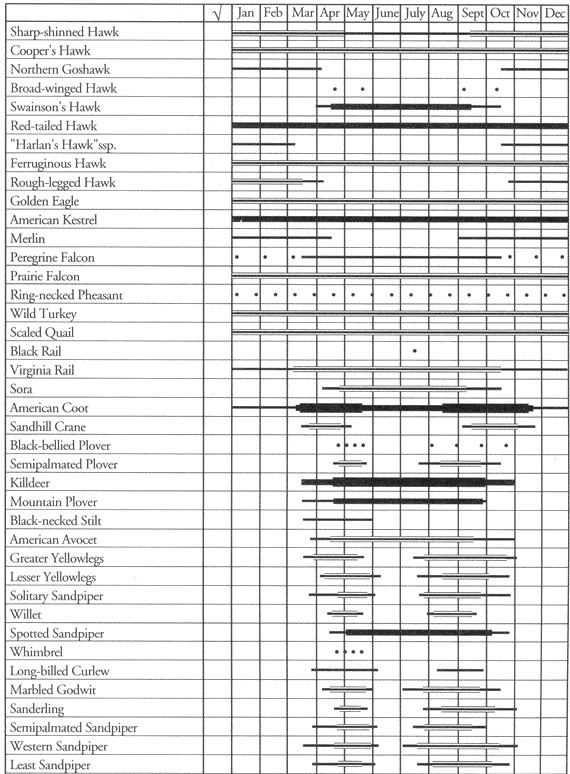
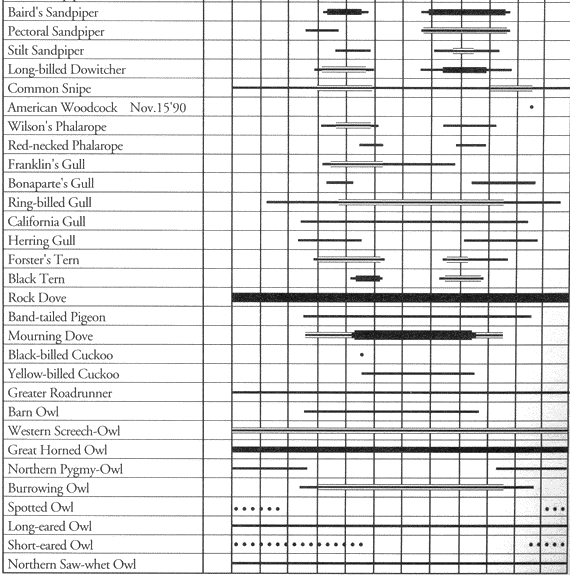

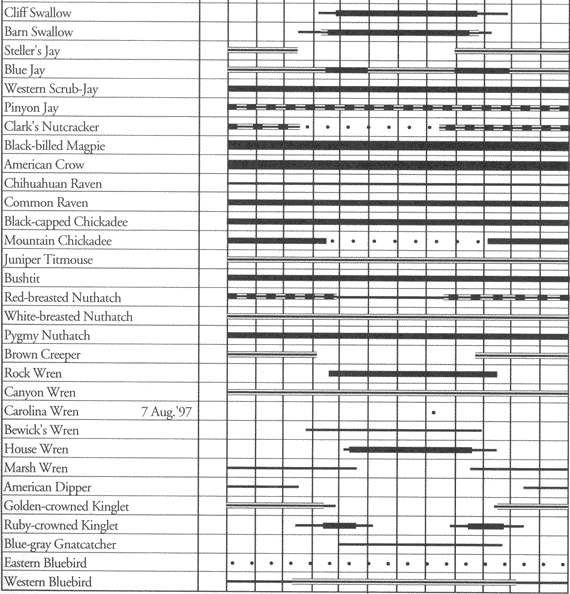
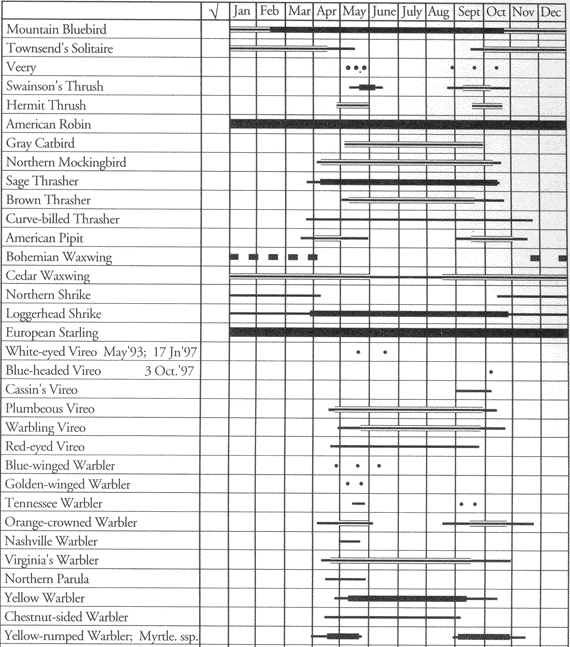
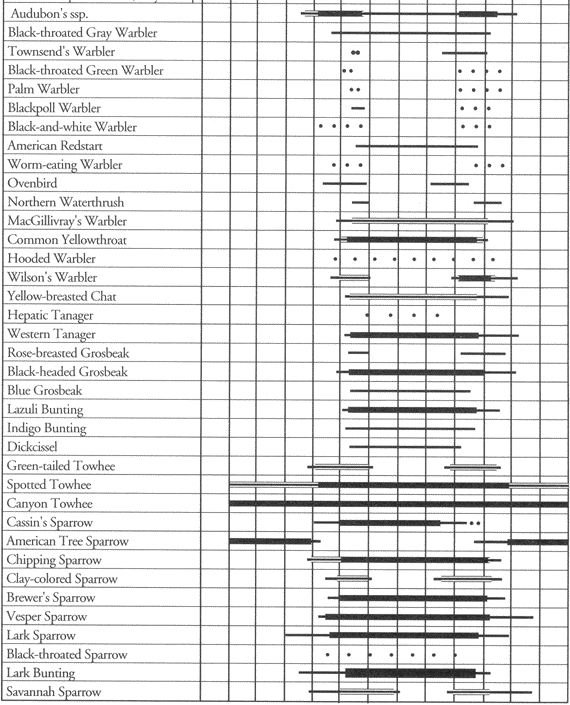
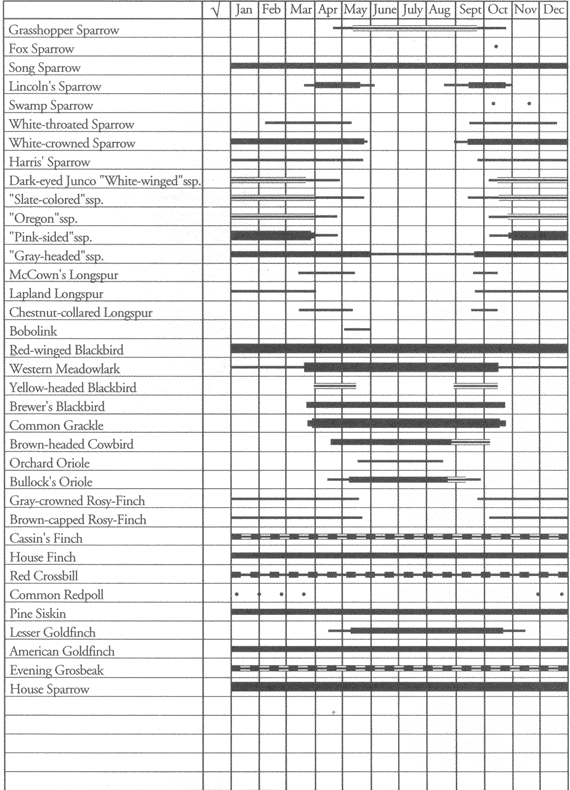

ARMY RESOURCE
MANAGEMENT
 The Department of Defense manages more than 25 million acres worldwide. Much of this land is located in sensitive wetlands and along riverbanks, some of the most ecologically significant areas in the world. The location of these real estate holdings makes it imperative that the various military missions are planned and executed in harmony with the environment. DoD supports numerous partnerships with other Federal, State, local and private resource groups to promote such programs as the North American Waterfowl Management Plan, Neotropical Migratory Bird Conservation, Wetlands Protection and Enhancement, and Watchable Wildlife. To succeed in its mission, and to earn public confidence, DoD must emphasize natural resources stewardship in every aspect of its land use. It does. Come see for yourself and discover our resources.
The Department of Defense manages more than 25 million acres worldwide. Much of this land is located in sensitive wetlands and along riverbanks, some of the most ecologically significant areas in the world. The location of these real estate holdings makes it imperative that the various military missions are planned and executed in harmony with the environment. DoD supports numerous partnerships with other Federal, State, local and private resource groups to promote such programs as the North American Waterfowl Management Plan, Neotropical Migratory Bird Conservation, Wetlands Protection and Enhancement, and Watchable Wildlife. To succeed in its mission, and to earn public confidence, DoD must emphasize natural resources stewardship in every aspect of its land use. It does. Come see for yourself and discover our resources.
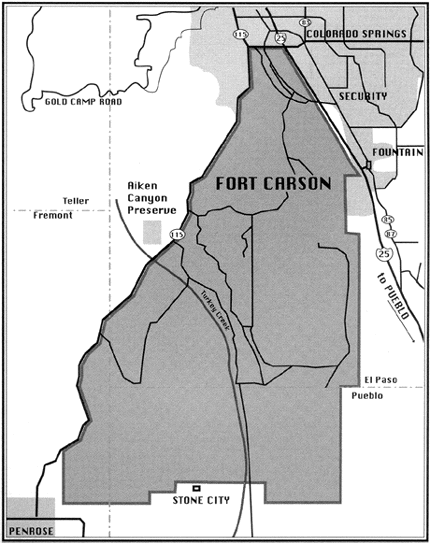
FORT CARSON
Fort Carson, after frontiersman Kit Carson, was established in 1942 as an infantry training center. Now as part of U.S. Army Forces Command, it hosts the 3rd Brigade, 3rd ACR, 116th Cavalry Brigade, l0th Special Forces and the 43rd Support Group. Housed on the 137,000 acre Fort are 17,000 military personnel, and 44,000 family, civilian and reserve components.
Located five miles south of scenic Colorado Springs, Fort Carson is on the Front Range of the Southern Rocky Mountains. Habitats range from Great Plains grasslands and foothill shrublands at lower elevations to montane woodlands of pinion-juniper, oak, and Ponderosa Pine. There are over l00 wetland sites and miles of ribbon riparian forests providing breeding sites for many species of birds.
The Natural Resources office manages the landscape of Fort Carson to benefit the training mission while supporting regional biodiversity through a variety of programs including erosion control, rotation of land use, and species monitoring. The ‘Mountain Post’ is home to several of the region’s endangered species including the Peregrine Falcon, Bald Eagle, Mexican Spotted Owl, and the Greenback Cutthroat Trout. It is also the northern range limit of several breeding species of birds: Curve-billed Thrasher, Black-throated Sparrow, and Hepatic Tanager. Fort Carson supports the international conservation effort to conserve Neotropical birds and operates a ‘Monitoring Avian Productivity and Survivorship’ station.
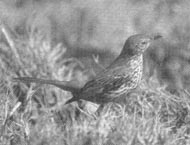
The U.S. Army and Partners in Flight are cooperating on an international program to promote conservation of migratory birds. For information, contact DoD Partners in Flight by email or call 540-349-9662.

